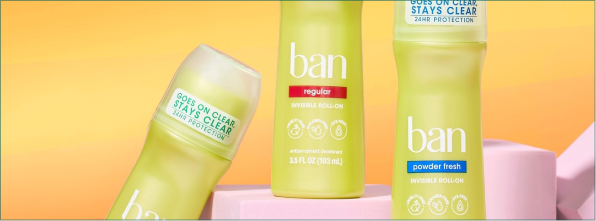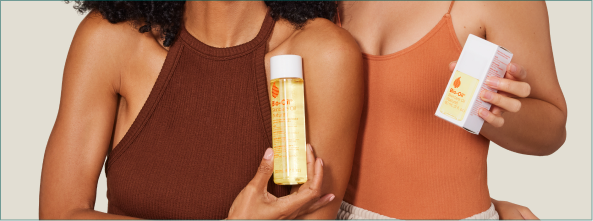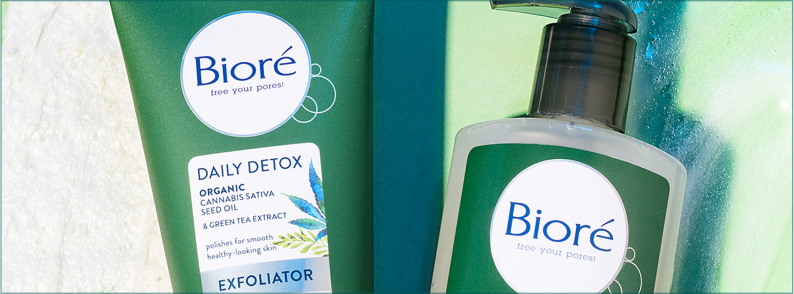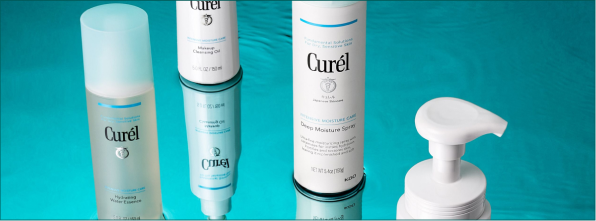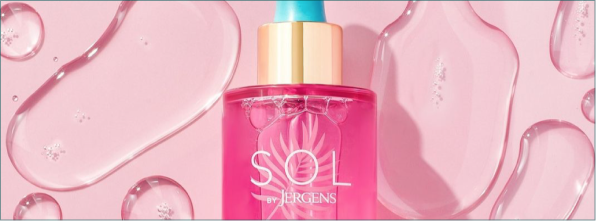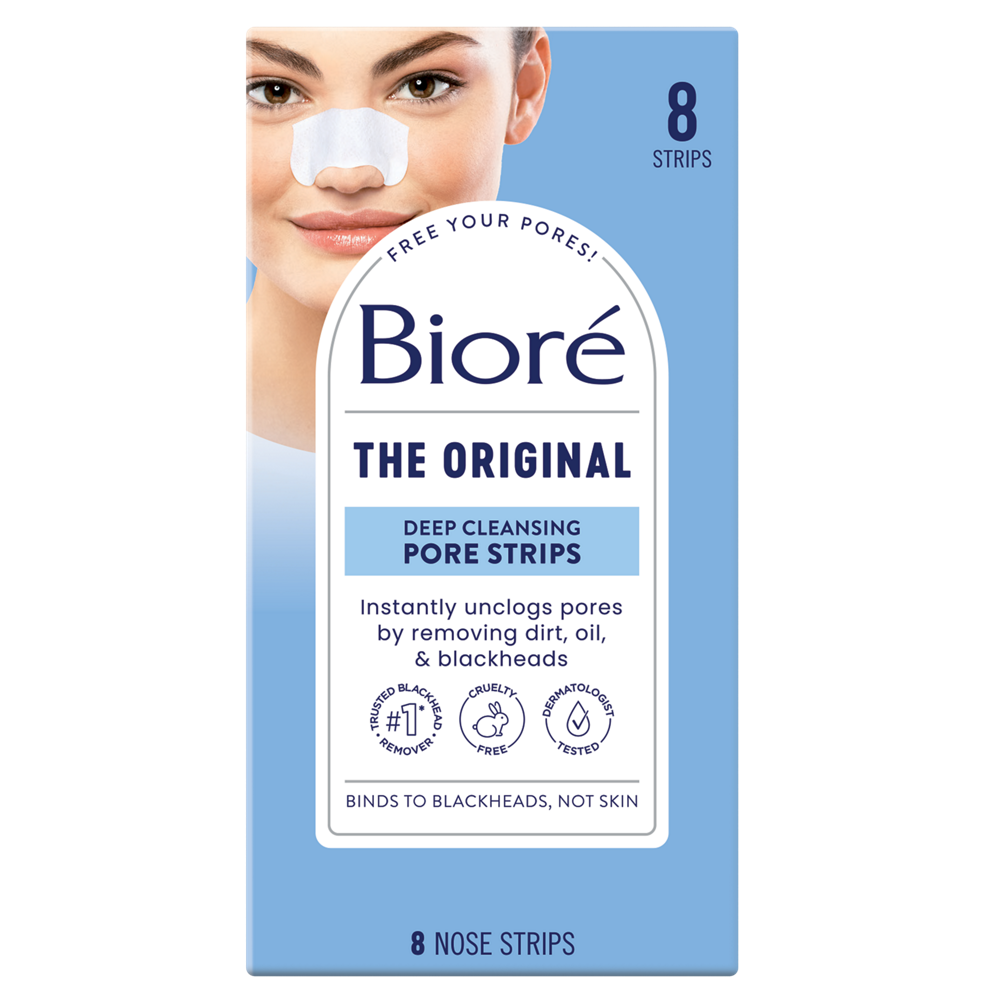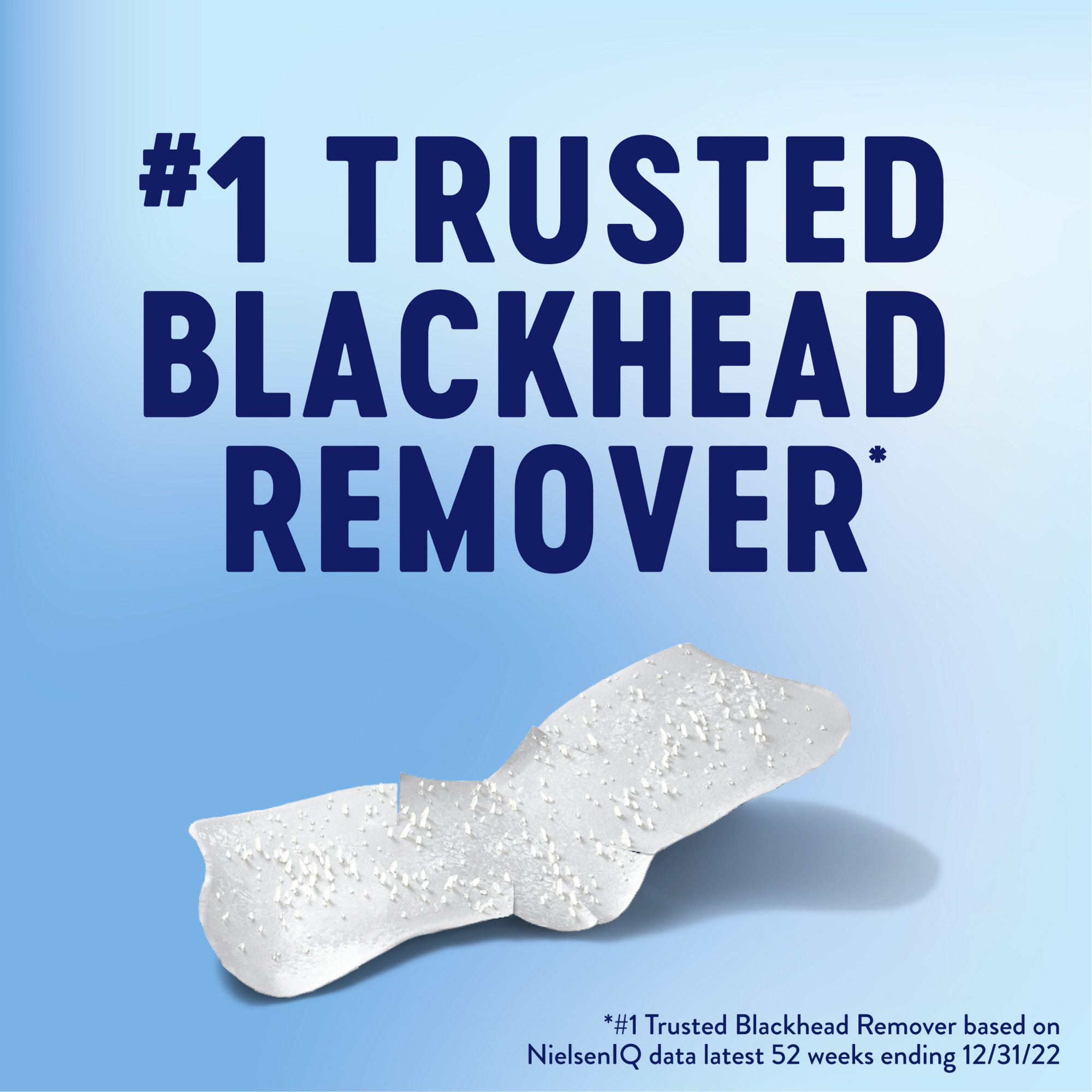Sebum Plugs: Causes, Treatment & Prevention

Many of us take our skin — and the proper care of it — very seriously. Not only do we want to look our best, but we know that healthy skin improves our wellbeing too. Everywhere you look, there are products and advice for skincare and how best to reduce wrinkles, do away with acne, and bring a healthy glow to our skin.
One focus of skincare products and routines are sebum and sebum plugs. If you're not sure what sebum or its purpose is, you’re not alone. That’s why we’re covering the importance of sebum and what to do when a sebum plug occurs.
What Is Sebum?
In short, sebum is an oily substance that the body secretes naturally through the skin and hair follicles. Sebaceous glands, just beneath the dermal layers, produce a substance that is composed of squalene, esters of glycerol, wax, and cholesterol. When these elements make their way to the surface they generally keep the skin moisturized, healthy, and smooth.
When sebaceous glands are overactive or we don't properly cleanse our skin, we may encounter certain skin problems, such as blackheads and sebum plugs — also known as sebaceous filaments.
What Are Sebum Plugs?
Sometimes, the sebaceous glands become overactive when the skin is too dry and produce too much sebum to compensate for the lack of dermal moisture. The excessive oil can turn into a sebaceous filament — or a sebum plug.Sebum plugs are a normal part of the skin’s makeup and are generally harmless. They most often occur when excess sebaceous secretions mix with debris, such as dead skin cells and dirt, to clog skin pores. If they don't present themselves on a readily visible part of the body — like the face or chest — they're usually unnoticeable. If left unchecked, it will typically build up within the pore and produce a blackhead or a whitehead.
“[Sebum plugs] most often occur when excess sebaceous secretions mix with debris, such as dead skin cells and dirt, to clog skin pores.”
Sebum plugs typically appear as small, light spots on the skin or sometimes as a small bump, no bigger than a speck.
Many factors impact the formation of sebum plugs, including:
- age
- genetics
- environment
- stress
- inconsistent and incorrect skincare
How To Treat Sebum Plugs
Since they are relatively harmless, there's no pressing need to treat sebum plugs. However, overproduction of sebum may lead to acne, which most people would rather live without. Acne might cause issues later on. If a pimple breaks open and bleeds, it might ultimately lead to an infection or scarring.If you'd rather be proactive about preventing sebum plugs, there are a few things you can do to get ahead of blackheads and whiteheads before they start.
1. Try Salicylic Acid
Salicylic acid deep cleans pores, while also preventing the buildup that leads to sebum plugs, especially on naturally oily skin. Salicylic acid also promotes quick healing of pimples, keeping away the potential for bleeding.Products containing salicylic acid work best on non-inflammatory acne, such as blackheads and whiteheads.
Salicylic acid deep cleans pores, while also preventing the buildup that leads to sebum plugs, especially on naturally oily skin.
2. Use retinoids
Products containing retinoids are great for moderate to severe acne that persists with other treatments. These products help unclog pores and prevent dead skin cells and other debris from getting in.
On top of all that, retinoids reduce the skin's production of oil, which can reduce sebum production as well.
3. Wash with gentle exfoliators
Use gentle cleansers, mild exfoliators, and pore-cleansing strips on your skin, especially your face, to keep it clean. This is a great first line of defense against sebum plugs and helps to prevent the onset of pimples too.4. Add glycolic acid
Glycolic acid is a natural, gentle exfoliating agent to consider using when combating sebum plugs. It works well for most skin types and is much less abrasive than many exfoliating scrubs.
How To Prevent Excess Sebum
Sebum plugs happen to everybody. They're the result of the normal processes that the skin goes through to protect itself. Excessive sebum production can become a problem though, causing oily skin — which often leads to blackheads and pimples. A consistent skincare routine is vital to preventing excess sebum from building up and causing sebaceous filaments to form. Give the following simple skincare routine a try to help keep sebaceous secretions at reasonable levels and prevent unwelcome plugs and resulting acne.
Cleanse
Wash twice per day using an effective facial cleanser. At the end of the day, be sure to wash off all of your makeup. If left on overnight — or not thoroughly removed — remaining makeup or makeup residue can clog pores, leading to sebum plugs, blackheads, and pimples.
Exfoliate
Dead skin cells are one of the key causes of sebum plugs and pimples. By mixing together with naturally occurring sebum, dead skin cells can get into the pores and prevent the release of body oils, forcing them to build up beneath the surface. Use a gentle exfoliating scrub to clear dead skin cells from the face and clean out the pores, greatly reducing the likelihood of sebaceous filaments. “…dead skin cells can get into the pores and prevent the release of body oils, forcing them to build up beneath the surface.”
Remember, you only need to exfoliate 2–3 times a week so that your skin doesn’t become agitated.
Toner
Use a gentle, effective toner daily to help keep the skin clear and give it a healthy, luminous glow. Toners deep clean the pores, clearing out any excess debris that might contribute to any buildup. By keeping pores healthy, you'll greatly reduce the chance of sebum plugs and other skin eruptions from forming.
Moisturize
Apply moisturizer to your face every day — especially in the winter, when the air is driest. Dry air sucks the moisture right out of the skin. Keeping the skin's moisture at healthy levels prevents the sebaceous glands from overcompensating by overproducing body oils.
Sunscreen
Too much direct sunlight is bad for the skin for so many reasons. In the case of sebum production, overexposure to sunlight damages the skin and throws it off balance. Out-of-whack skin chemistry can be the root of unnecessary sebum production.Key Takeaways
- Sebum is a naturally occurring body oil — produced by sebaceous glands beneath the skin.
- Sebum is necessary to keep your skin moisturized and smooth, but overproduction leads to sebum plugs, which appear as small bumps on the skin. By and large, sebum plugs are nothing to worry about though they can grow into unsightly pimples.
- Salicylic acid, retinoids, glycolic acid, and a consistent skincare routine are the best ways to take control of the amount of sebum present on the skin and keep sebum plugs at bay.
